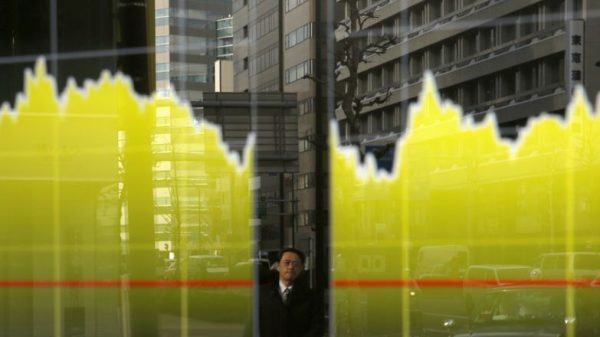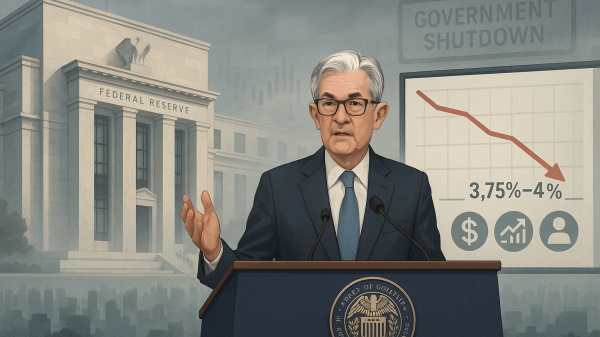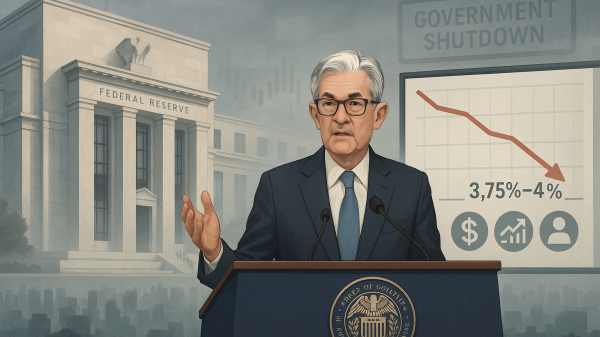Oil prices ticked down on Tuesday as prospects of more supply from the Organization of the Petroleum Exporting Countries and allies weighed on sentiments.
Reports suggest that OPEC+ is expected to announce an additional output increase of 411,000 barrels per day for August. This announcement is anticipated ahead of their meeting this coming weekend.
“This increase in supply is helping to put a lid on prices, as is the steady fall in global demand growth which looks set to continue,” said David Morrison, senior market analyst at Trade Nation.
At the time of writing, the price of West Texas Intermediate crude oil on the New York Mercantile Exchange was at $64.82 per barrel, down 0.5%. Brent crude oil on the Intercontinental Exchange was down 0.4% at $66.46 a barrel.
Last week, crude oil prices dropped significantly.
The drop was due to speculation that US airstrikes had successfully hampered Iran’s military nuclear program and a ceasefire between Israel and Iran.
However, conflicting reports have emerged since then. It is likely too soon to fully assess the damage, and definitive intelligence may still take time to materialise, according to Morrison.
“Despite this, oil traders have assumed that the US airstrikes are done, and do not presage an escalation in hostilities.”
OPEC+ August plans
Last week, Reuters had reported that eight members of the OPEC+ alliance, including Saudi Arabia and Russia, are likely to raise output by 411,000 barrels per day in August as well.
OPEC and its allies, including Russia, are scheduled to convene on July 6.
If their proposed supply increase is approved, it would raise their total supply for the year to 1.78 million barrels per day, representing over 1.5% of the world’s oil demand.
The eight members within the cartel had been expanding oil output by over 400,000 barrels a day since May.
“Considering its strategic realignment, we anticipate the group will sustain these substantial increases,” ING Group’s analysts said in a report.
This would result in the full 2.2 million b/d of supply being reinstated by the close of the third quarter, a year earlier than initially planned.
Adequate supply
The global oil market is expected to remain well supplied for the rest of the year due to these significant increases in supply, according to ING.
It’s set to return to a large surplus in the fourth quarter of this year.
The market’s primary focus appears to be on this supply, as indicated by recent price action.
Following the ceasefire between Israel and Iran, the geopolitical risk premium has eroded fairly quickly.
“Expectations for a comfortable oil balance, along with a large amount of OPEC spare production capacity, appear to be comforting the market, ING analysts further said.
Additionally, oil prices remained suppressed due to the uncertainty surrounding US tariffs and their potential impact on global growth.
Brent futures are projected by Morgan Stanley to fall to roughly $60 by early next year.
This is attributed to a well-supplied market and diminishing geopolitical risks, particularly after the de-escalation between Israel and Iran.
Furthermore, Morgan Stanley anticipates an oversupply of 1.3 million barrels per day (bpd) in 2026.
Technical outlook for WTI
WTI has technically established support around the 38.2% Fibonacci retracement level of the January–April decline, at $64.18, according to FXStreet.
Support is currently established at the psychological level of $64.00 for WTI crude.
Should the price fall below this point, it could lead to a retest of the 50-day Simple Moving Average (SMA), which is positioned at $63.35.
Consolidation near support, rather than an immediate rebound, is suggested by the inability to hold above the 100-day SMA and recent tight-range candles, FXStreet said.
Additionally, if the price drops below the June 24 low of $63.73, it may continue to fall, potentially reaching the 23.6% Fibonacci level at $60.59.
“As long as supply concerns remain subdued, upside momentum appears limited, with the 100-day SMA providing short-term resistance around $65.45,” FXStreet said in a report.
The Relative Strength Index (RSI) is currently tracking just below the neutral 50 mark, at 46, signaling a lack of strong bullish momentum.
The post Crude oil lacking bullish momentum as market looks at rising OPEC supply appeared first on Invezz




































